COMMON DEFECTS AND REMEDIES IN PAINTING | An Architect Explains
Many problems can occur after painting. Sometimes, they occur simultaneously during painting. Understanding the causes of some of these defects can make the paint job easier. As an Architect, I have described some common painting defects and their solutions under the following headings so that you have an idea:
Blistering
Bittiness
Algae/Fungus growth
Brush marks
Chipping
Chalking
Cissing
Efflorescence
Loss of gloss
Discolouration
Flaking
Patchiness
Peeling
Sagging
Wrinkling
Slow drying
Blistering: Blistering or Swelling of paint is caused due to the trapping of air, moisture or solvent between the surface and the paint film. The Solution– Remove any unstable paint films and allow the wall to dry thoroughly. Then repaint with a recommended paint. Avoid painting under direct sunlight.
Bittiness: Bittiness is caused by dirt from the atmosphere or the surface or from brushes that are inadequately cleaned or due to bits of dried-up paint that gets stirred in. The Solution– Use clean brushes and paint on clean surface and strain the paint through a cloth before use.
Algae/Fungus growth: Algae and fungus can grow when the surface is continually damp and dirty. Insufficient fungicide/ algaecide in the paint can also worsen the situation. The Solution – Remove algae / fungus by high-pressure washing. Wash again to remove any residue and allow the wall to dry before applying with recommended paint.
Chipping: Chipping of paint film is due to excessive use of putty or due to very thick coat of paint or defective surfaces. The Solution – Regulate the use of putty and paint.
Brush marks: Brush marks are caused due to under-thinning of paints or due to poor application of the final coat of paint or due to poor quality brush. The Solution – Ensure paint of the right viscosity is applied using a good brush.
Chalking: Chalking occurs when ultraviolet rays cause the paint binder to disintegrate. It can happen when interior paints are used for exterior surfaces. The Solution- Remove any unstable paint films. Allow the wall to dry thoroughly, and repaint with a recommended paint. Make sure the paint is not adulterated with foreign materials.
Cissing: Cissing or tiny craters are caused by oily or greasy surface/due to water based paints being applied over glossy or smooth enamel paints. The Solution- Clean the surface thoroughly with soap solution and water. Roughen the enamel paint with Sandpaper or use a barrier coat of matt primer.
Efflorescence: Efflorescence or formation of white powdery deposit on walls after painting is caused due to salts present in the building material like brick and mortar, which surface later on. The Solution- Give a long time gap between plastering and painting (about 6 months including one monsoon) Use paint with a porous film like emulsions and distempers.
Loss of gloss: Loss of gloss is caused due to poor surface preparation or due to presence of oil or due to over thinning of paint. The Solution– Clean surface thoroughly and take all recommended steps for surface preparation.
Discolouration: After paint is applied, it may fade or discolour. This is caused by particles in the wall reacting with the paint when it is drying. Discolouration could also be caused by water seepage, or by contaminants in metal or wood. The Solution – Repair water seepage. Make sure the surface is dry before painting and apply an alkaline-resistant or oil-based paint.
Flaking: Flaking-off of paint film is due to improper application of primer coat over putty, and not being completely covered. It can be due to application of paint on insufficiently dry surfaces. It can also be due to shrinkage or expansion of a surface causing the paint film to move. The Solution-Ensure that there are no gaps in covering putty with primer coat. Also ensure that the surface is dry and clean.
Patchiness: Patchiness or uneven finish is caused due to the highly absorbent nature of the surface. The Solution- Apply an extra coat of primer or use well-sealer.
Peeling: Peeling is caused by moisture on the wall, poor surface preparation or using an incorrect painting system. This defect happens on walls as well as wood or metal surfaces.
The Solution for Walls –Check and repair water seepage. Ensure walls are dry before painting. Use an alkali-resistant basecoat or sealer. Patch surface defects with putty.
The Solution for Wood – Prime wood before painting, sand surface and clean off dust.
The Solution for Metal – Remove all paint from metal before re-painting. Prime surface and re-coat with suitable paint.
Sagging: Sagging happens when the paint droops downward after being applied on the surface. It is caused by the pigment separating from the paint and settling at the bottom of the container and comes as a result of insufficient stirring or shaking during storage or storing for too long or under too much heat or faulty thinning. The Solution– Avoid storing in hot locations for long periods. Store in accordance with the manufacturer’s recommendations. Thin only with appropriate recommended thinners.
Wrinkling: Wrinkling happens when the paint forms film-like undulating waves. Applying too much paint or drying during high temperatures or painting on a topcoat before the undercoat is dry can cause this defect to happen. The Solution-Avoid applying too much paint. Make sure no paint accumulates around bolts, rivets, etc. Wait until each coat dries before you re-coat.
Slow drying: Non-drying or slow drying of paint film is caused due to humidity, poor air circulation, low temperature or presence of oil or grease on the surface or due to alkalinity of the surface. The Solution- Reduce the impact of atmospheric conditions to the extent possible; Scrub oil or grease off with a rag soaked in white spirit and wash with water and soap.
After the painting is completed, it is important to maintain the painted surface so that the building remains/continues to look good. Here are some tips for paint upkeep and to make the painted surface last:
If you found this post useful, I would really love it if you pin it or share it. I have not blocked the site just because your ad blocker is switched on because I hope my content will be useful to you. But I am able to run this site only because of the ads. So I will be obliged if you turn off your ad blocker. Thank you!
Related Topics:
- Paint Types
- Paint Glossary
- Paint Colours
- Paint Colour Wheel
- Paint Colour Groups
- Paint Colour Themes
- Paint Effects of Colours
- An Architect’s Painting Guide
- Maintenance Of Painted Surfaces
- Best Paint Brands In India

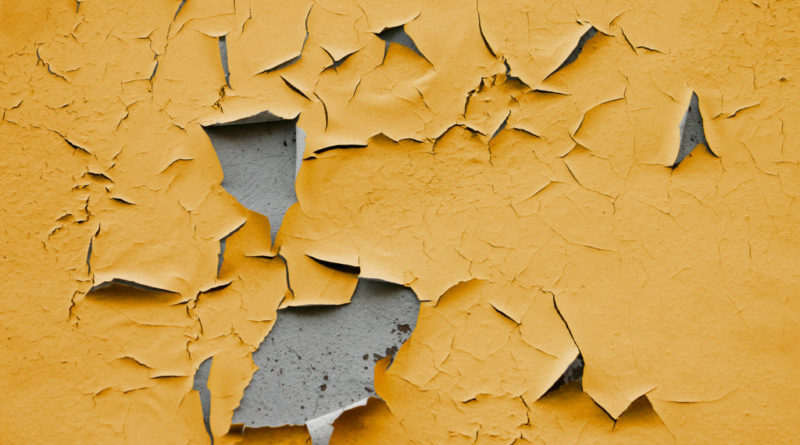

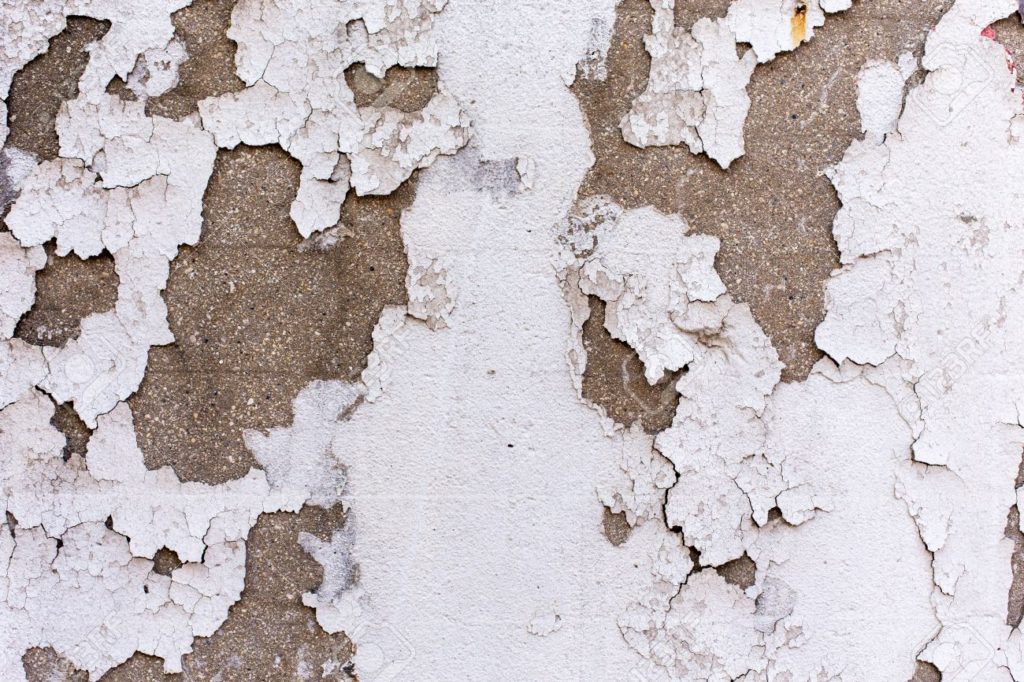

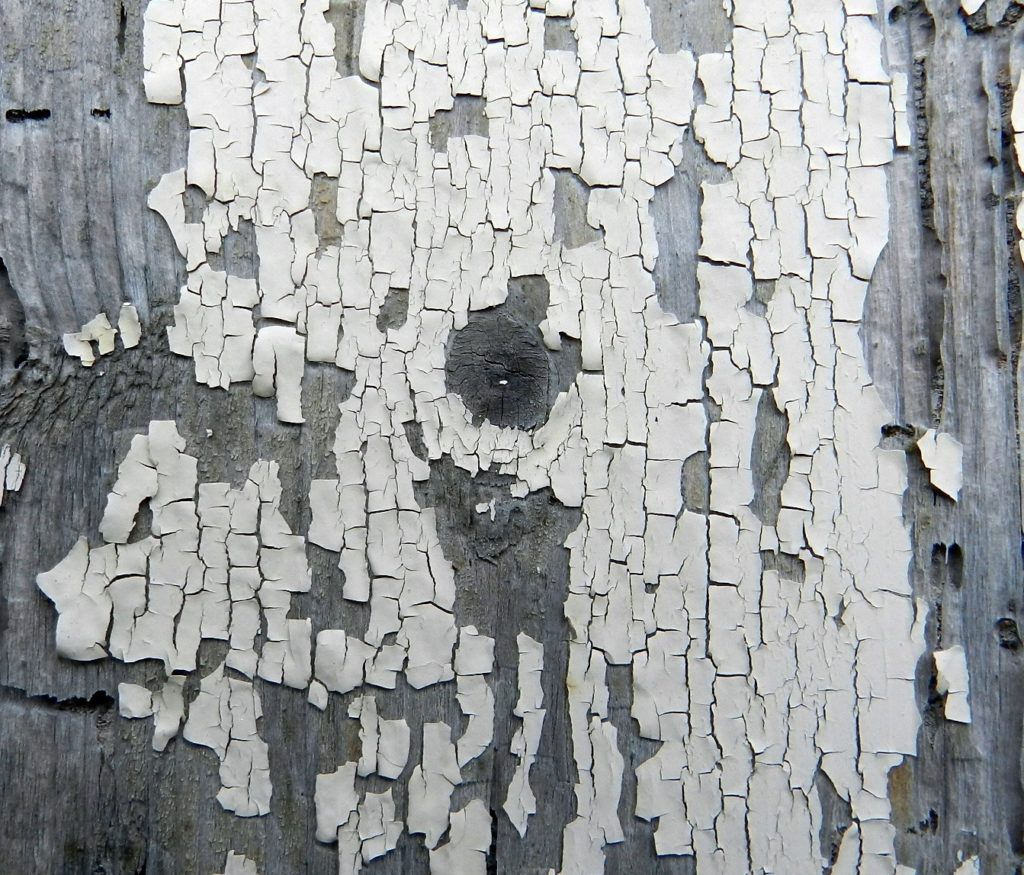
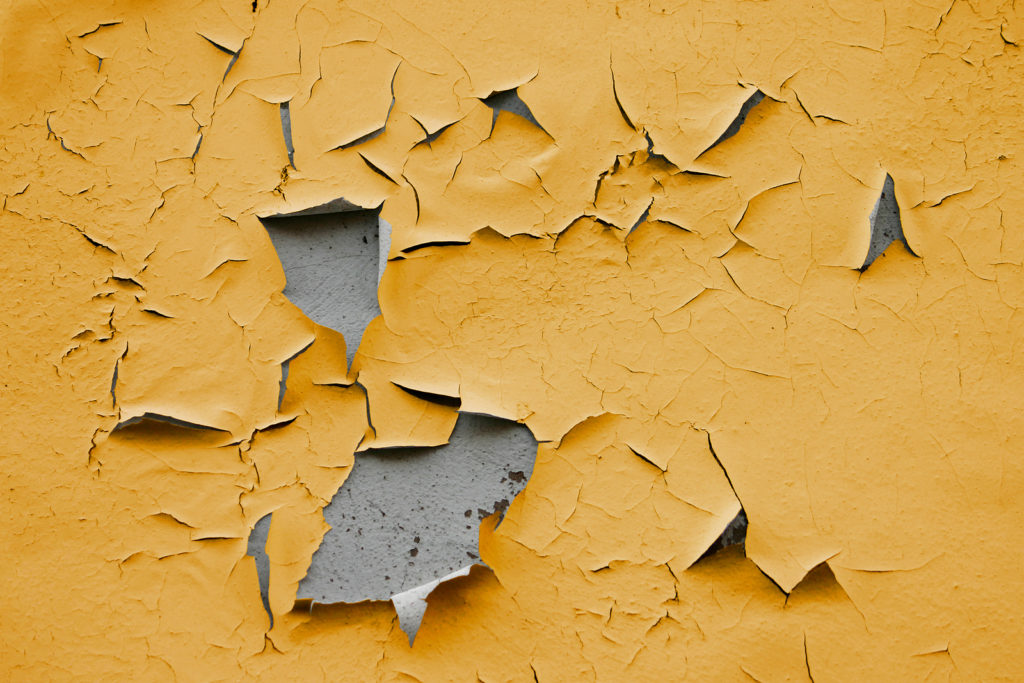

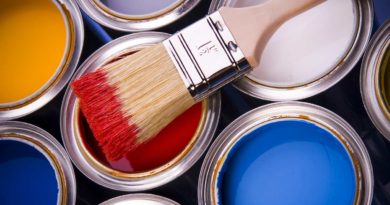

What is popping?
What are popping types?
Hi,
Blister-like surface defects caused by solvents trapped in the paint film is called Popping.
every point hit the nail, nice work
Hi Sule,
Thank you for the appreciation.
Admin
exceptionally gud.
thanx so much
Hi Singh,
Thank You.
Admin
The article is so precise and direct to the point. I encourage the organization to ride on with the good work.
gone thru.very important article…
i think that this coloumn among the lot is the best. in case if u find some new defects do let me know